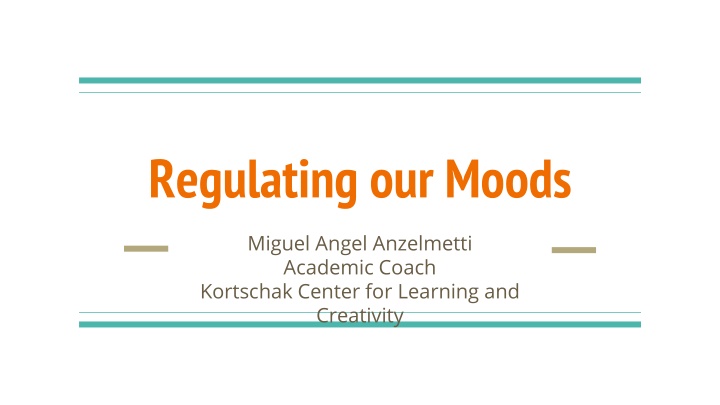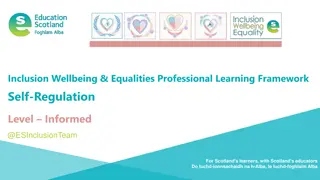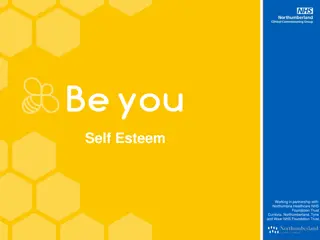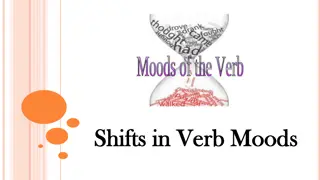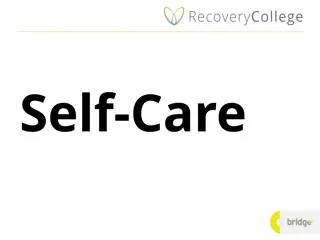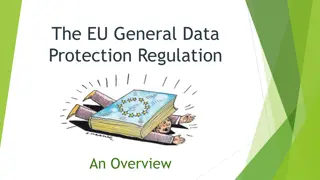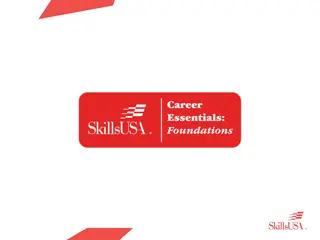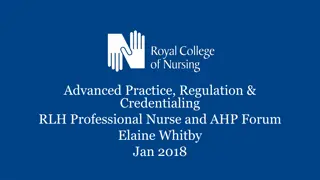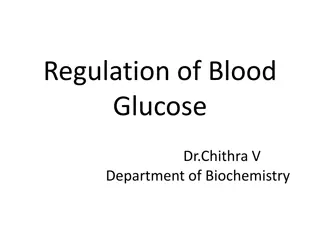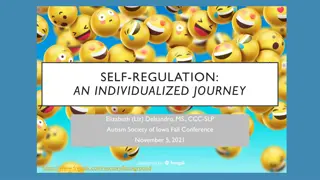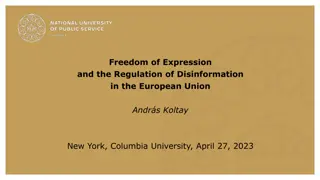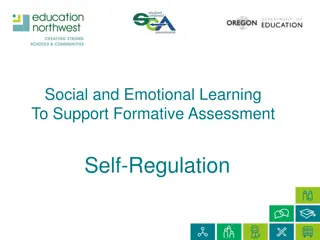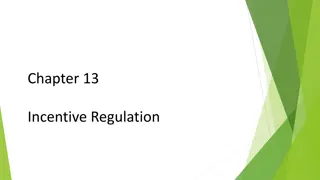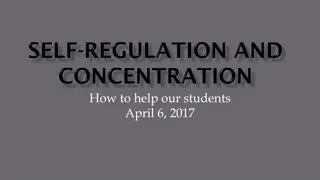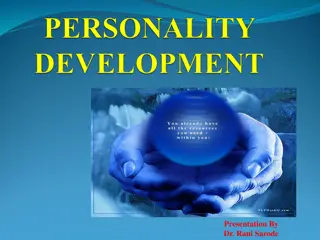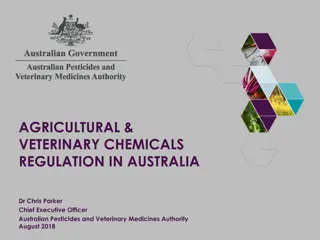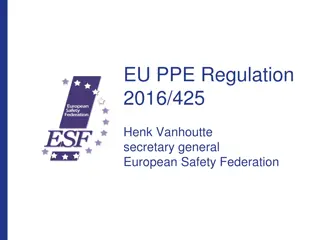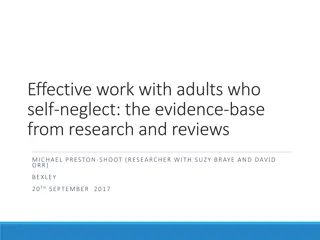Mastering Self-Regulation for Improved Moods
Self-regulation plays a crucial role in managing emotions effectively and enhancing productivity. Understanding cues to self-regulate and employing appropriate strategies can lead to a more balanced emotional state. This guide explores the significance of self-regulation, identifies zones of regulation, and provides practical tips on transitioning between different emotional zones. Learn how to identify your current zone and develop a personalized toolkit to support your emotional well-being.
Download Presentation

Please find below an Image/Link to download the presentation.
The content on the website is provided AS IS for your information and personal use only. It may not be sold, licensed, or shared on other websites without obtaining consent from the author.If you encounter any issues during the download, it is possible that the publisher has removed the file from their server.
You are allowed to download the files provided on this website for personal or commercial use, subject to the condition that they are used lawfully. All files are the property of their respective owners.
The content on the website is provided AS IS for your information and personal use only. It may not be sold, licensed, or shared on other websites without obtaining consent from the author.
E N D
Presentation Transcript
Regulating our Moods Miguel Angel Anzelmetti Academic Coach Kortschak Center for Learning and Creativity
Learning Outcomes Understand why self-regulating is important Identify cues that remind you to self-regulate Identify strategies that help you self-regulate
Why is Self-Regulation Important? Self-regulation is self-control, impulse control, emotion management Optimal state for productivity Positive emotions predict to higher achievement (Kuypers, 2013; Seli & Dembo, 2020)
Moving from Blue Zone to Green Zone Replace overgeneralizations with positive thoughts Remember the positive aspects of each situation Reframe the situation to become more interesting Engage in a favorite activity (Seli and Dembo, 2020)
Moving from Yellow Zone to Green Zone Replace catastrophizing thoughts with positive thoughts Positively reframe situations Use humor Reading (Amstadter, 2008; Rizzolo, Zipp, Stiskal, & Simpkins, 2009; Seli & Dembo, 2020)
Moving from Red Zone to Green Zone Spend time alone Remove yourself from the situation Avoid statements that begin with, should (Seli and Dembo, 2020)
Building Your Toolkit for Any Zone Physical activity Yoga, exercise, dance Spend time with others Talk to someone you trust Relaxation exercises Diaphragmatic breathing Progressive muscle relaxation Journal Essential oil Lavender, rosemary, orange (Matthews, 2018; Rizzolo et al., 2009; McCallie, Blum, & Hood, 2006; Ulrich & Lutgendorf, 2002; Seli & Dembo, 2020)
References Amstadter, A. (2008). Emotion regulation and anxiety disorders. Journal of Anxiety Disorders, 22(2), 211 221. doi: 10.1016/j.janxdis.2007.02.004 Kuypers, L. M. (2013). The Zones of Regulation: A Framework to Foster Self-Regulation. The American Occupational Therapy Association, Inc., 36(4). Matthews, J. (2018). Essential oils LOWER CORTISOLS AND HELP REDUCE STRESS. Alternative Medicine, (43), 24-25. Retrieved from http://libproxy.usc.edu/login?url=https://search.proquest.com/docview/2262686452?accountid=14749 McCallie, M. S., Blum, C. M., & Hood, C. J. (2006). Progressive Muscle Relaxation. Journal of Human Behavior in the Social Environment, 13(3), 51 66. doi: 10.1300/j137v13n03_04 Rizzolo, D., Zipp, G. P., Stiskal, D., & Simpkins, S. (2009). Stress Management Strategies For Students: The Immediate Effects Of Yoga, Humor, And Reading On Stress. Journal of College Teaching & Learning (TLC), 6(8). doi: 10.19030/tlc.v6i8.1117 Seli, H. & Dembo, M.H. (2020). Motivation and learning strategies for college success: a focus on self-regulated learning. New York: Routledge. Ullrich, P. M., & Lutgendorf, S. K. (2002). Journaling about stressful events: Effects of cognitive processing and emotional expression. Annals of Behavioral Medicine, 24(3), 244 250. doi: 10.1207/s15324796abm2403_10
